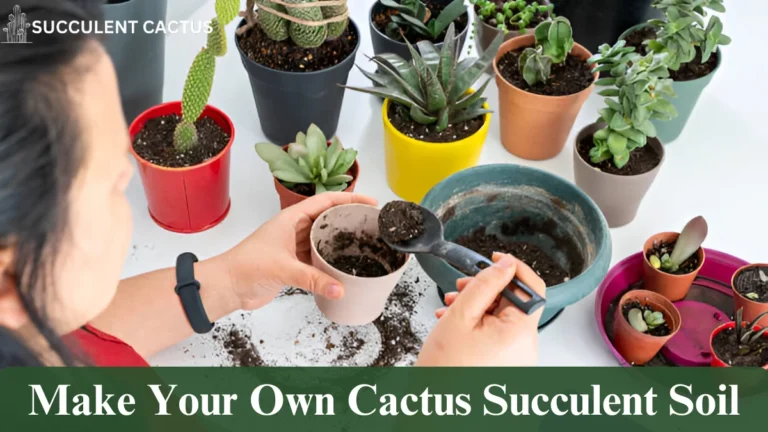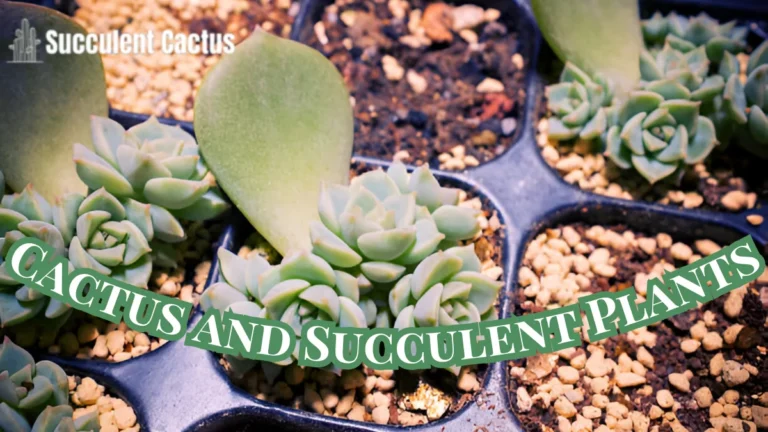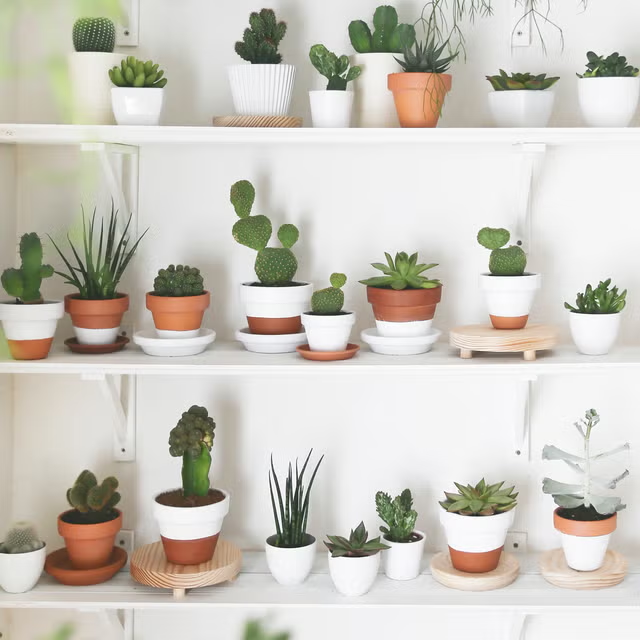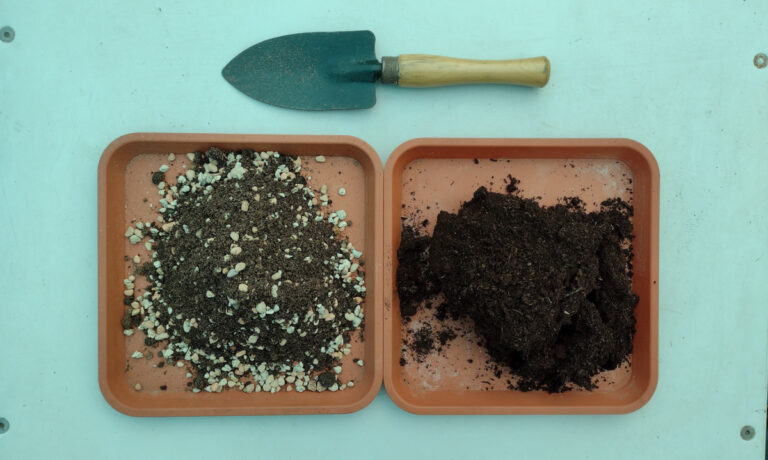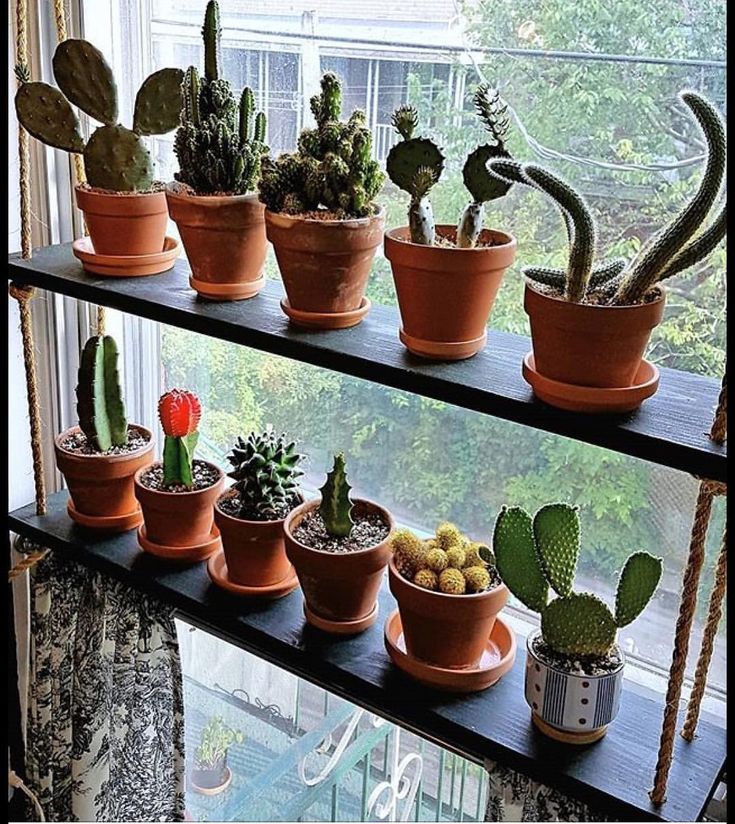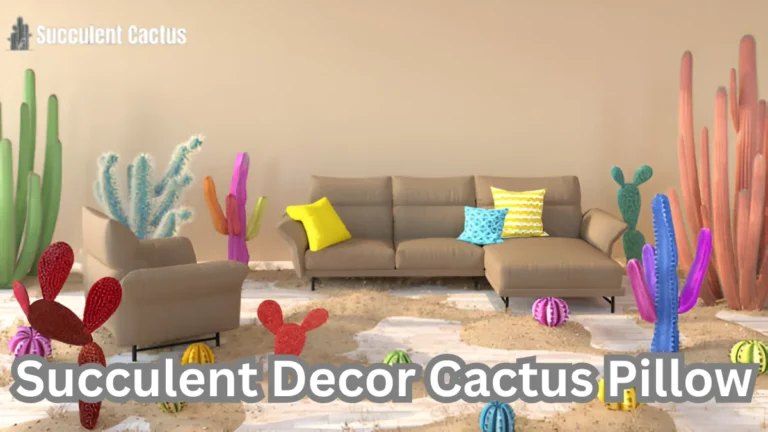Cactus, Succulent, and Lithops: The Fascinating World of Unique Plants
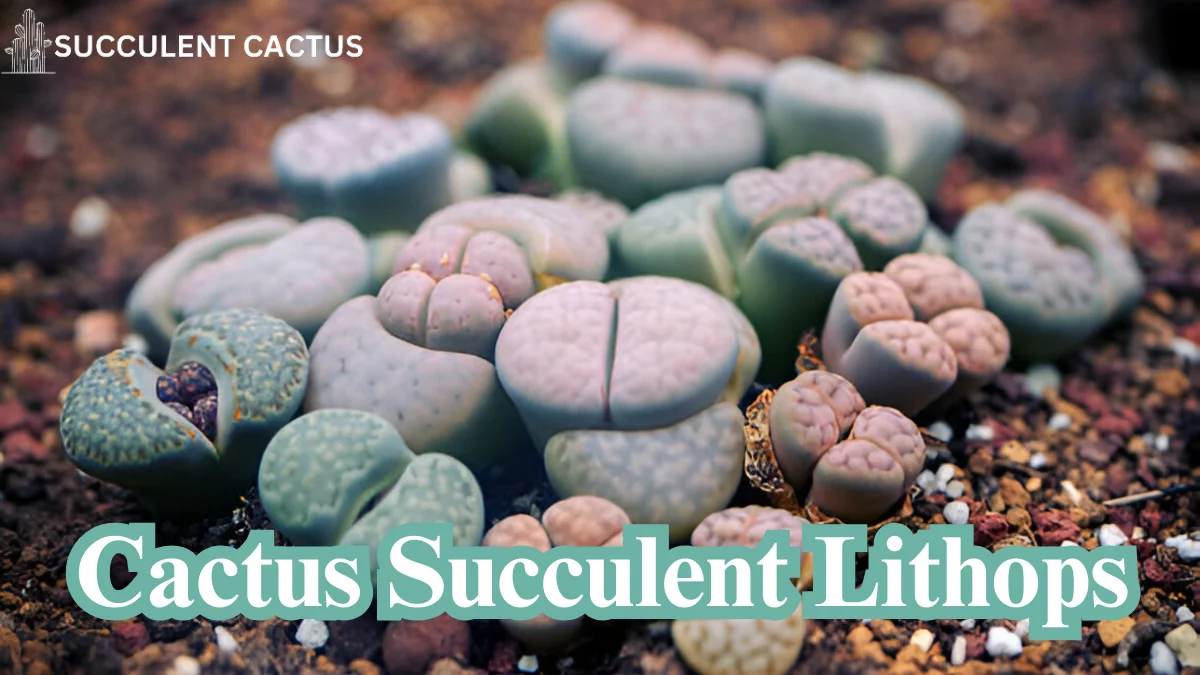
Cactus, succulent, and lithops plants are some of the most intriguing and diverse botanical wonders. Known for their adaptability, striking appearance, and low maintenance, these plants are favorites among gardeners and collectors alike. This comprehensive guide will dive into their characteristics, care tips, and how to integrate them into your home or garden.
What Are Cactus, Succulent, and Lithops Plants?
Defining Cacti
Cacti are members of the Cactaceae family, consisting of over 1,750 species. The Americas serve as their native habitat, where they specialize in thriving in arid regions. Their defining characteristics include spines, which evolve from modified leaves, and areoles, the small cushion-like structures that produce spines, flowers, and new stems. The ribbed or pleated structure of cacti allows them to expand and store water efficiently.
Cacti typically have shallow but wide-reaching root systems to maximize water absorption during brief rains. Some, like the saguaro cactus, can store up to 200 gallons of water.
Understanding Succulents
Succulents are a broad category of plants that store water in their leaves, stems, or roots. This adaptation helps them survive prolonged periods of drought. Unlike cacti, succulents are not confined to a single plant family. Common examples include aloe, echeveria, and crassula.
Succulents come in a wide range of shapes, sizes, and colors. People often grow them indoors as decorative plants because of their unique appearance and minimal care requirements.
Lithops: The Living Stones
Lithops, often called “living stones,” are small, pebble-like plants native to South Africa and Namibia. They belong to the Aizoaceae family and have evolved to blend into their surroundings as a form of camouflage. Each lithops consists of two fused leaves, with a fissure at the center from which a flower or new leaves emerge.
| Plant Type | Unique Features | Common Habitat |
| Cactus | Spines, areoles, ribbed stems | Deserts in the Americas |
| Succulents | Fleshy leaves for water storage | Various arid climates |
| Lithops | Pebble-like appearance, slow growth | Southern Africa |
Unique Features of Cactus, Succulent, and Lithops
Water Storage Mechanisms
All three plant types excel in conserving water. Cacti store water in their thick stems, while succulents often retain water in their fleshy leaves. Lithops, on the other hand, store moisture in their thick, stone-like leaves, making them incredibly drought-resistant.
Climate Adaptations
Cacti, succulents, and lithops share remarkable adaptations that allow them to thrive in harsh conditions. Cacti’s spines not only deter herbivores but also provide shade and reduce water loss by breaking up airflow around the plant. Succulents often have a waxy coating on their leaves to prevent water evaporation, while lithops minimize exposure by keeping most of their body underground.
| Adaptation | Cacti | Succulents | Lithops |
| Water Storage | Stems | Leaves | Fused leaves |
| Sun Protection | Spines | Waxy coatings | Partial burial |
| Growth Rate | Moderate to slow | Varies by species | Very slow |
Aesthetic and Practical Appeal
From the towering saguaro cactus to the delicate lithops, these plants offer diverse forms and textures, making them a favorite for landscaping and indoor décor.
Popular Cacti Varieties
Barrel Cactus
The barrel cactus is a cylindrical, ribbed cactus with spines arranged in symmetrical rows. It is native to North and South America and can live for several decades. The cactus often blooms with yellow, orange, or red flowers at its crown.
Prickly Pear
Prickly pear cacti feature flat, paddle-shaped stems called cladodes and edible fruits known as tunas. They are widely cultivated for both ornamental and agricultural purposes. The fruit is a popular ingredient in juices, jellies, and desserts.
Saguaro
The iconic saguaro cactus can grow up to 40 feet tall and live for over 150 years. Found in the Sonoran Desert, saguaros are essential to the ecosystem, providing food and shelter for various animals.
| Cactus Type | Height | Key Feature | Native Region |
| Barrel Cactus | 3-10 feet | Cylindrical, ribbed shape | Americas |
| Prickly Pear | 6-15 feet | Edible fruits and paddles | Americas |
| Saguaro | Up to 40 feet | Towering height | Sonoran Desert |
Popular Succulent Varieties
Aloe Vera
Aloe vera is prized for its medicinal properties, particularly the gel inside its leaves, which is used to soothe burns and skin irritation. This succulent grows in clumps and thrives in sunny, dry conditions.
Echeveria
Echeveria succulents form rosettes of fleshy, colorful leaves. They are popular as ornamental plants due to their attractive shapes and low maintenance needs.
Jade Plant
The jade plant, also known as Crassula ovata, is considered a symbol of good luck. Its thick, glossy leaves and tree-like structure make it an appealing addition to homes and offices.
| Succulent | Height | Uses |
| Aloe Vera | 1-2 feet | Medicinal, skincare |
| Echeveria | 3-12 inches | Ornamental |
| Jade Plant | 2-4 feet | Ornamental, symbolic value |
Lithops: Unique and Exotic
Mimicry Adaptation
Lithops resemble small stones or pebbles, a clever adaptation to avoid herbivores. This camouflage allows them to blend seamlessly into their rocky surroundings.
Growth Cycle
Lithops have a slow growth cycle, with new leaves emerging annually. Flowers, which are typically daisy-like, bloom during the fall.
Popular Species
Popular lithops species include Lithops aucampiae, known for its reddish-brown hue, and Lithops dorotheae, which feature intricate, patterned leaves.
| Lithops Species | Leaf Color/Pattern | Flower Color |
| Lithops aucampiae | Reddish-brown | Yellow |
| Lithops dorotheae | Intricate patterns | White or yellow |
Growing Cactus, Succulent, and Lithops at Home
Ideal Growing Conditions
Cacti, succulents, and lithops thrive in similar environments. They require plenty of sunlight, well-draining soil, and minimal water. A south-facing window is ideal for indoor plants, as it provides the intense light these species need. Outdoors, planting them in sandy or rocky soil ensures proper drainage, preventing root rot.
Lithops have an additional requirement: they prefer partial sunlight to prevent sunburn on their leaf surfaces. Overwatering is a common mistake for lithops and can lead to their demise. For these plants, it’s better to underwater than overwater.
| Requirement | Cactus | Succulent | Lithops |
| Light | Full sun | Bright, indirect light | Partial sunlight |
| Soil | Sandy, fast-draining | Well-draining mix | Rocky, gritty soil |
| Watering Frequency | Once every 2-3 weeks | Once a week | Every 4-6 weeks |
Tools and Materials Needed
To cultivate these plants, you’ll need basic gardening tools such as a trowel, gloves, and pruning shears. Specialized materials include cactus potting mix, gravel for drainage, and containers with drainage holes.
Common Challenges and Solutions
- Pests: Watch out for mealybugs and spider mites. Use neem oil or insecticidal soap to combat infestations.
- Root Rot: Avoid overwatering by letting the soil dry completely between waterings.
- Etiolation: If your plant stretches and becomes leggy, it’s not receiving enough light. Move it to a sunnier spot.
Designing with Cactus, Succulent, and Lithops
Indoor Arrangements
Indoor displays often feature cacti, succulents, and lithops in creative combinations. Miniature gardens in terrariums or shallow bowls are popular choices. Use layers of gravel, soil, and sand for aesthetic appeal and functionality. For lithops, a simple gravel surface mimics their natural habitat.
Outdoor Landscaping
For outdoor spaces, mix various cacti and succulents to create a desert-inspired garden. Group plants with similar care requirements and use rocks or mulch to add texture. Lithops can be planted in rock gardens to mimic their native environment.
| Design Type | Key Features | Plants to Use |
| Indoor Display | Terrariums, pots, or trays | Mini succulents, lithops |
| Outdoor Garden | Rocks, mulch, and textures | Agave, prickly pear, lithops |
Color and Texture in Design
Succulents come in a wide range of colors, from vibrant greens to purples and pinks. Pairing different textures—such as smooth echeverias with spiky cacti—adds visual interest. Lithops contribute subtle earth tones, creating balance in arrangements.
Benefits of Adding Cactus, Succulent, and Lithops to Your Home
Aesthetic Appeal
These plants offer natural beauty with their unique forms and vibrant colors. They enhance any space, from modern interiors to rustic gardens.
Low-Maintenance Plants
One of the biggest advantages is their minimal care requirements. They are perfect for busy individuals or those without a green thumb.
Air Purification
Certain succulents, like aloe vera and jade plants, improve indoor air quality by removing toxins and releasing oxygen at night.
| Benefit | Description |
| Aesthetic Appeal | Adds beauty and uniqueness to any space |
| Low Maintenance | Ideal for those with limited time or gardening skills |
| Air Purification | Improves air quality indoors |
Propagation Techniques for Cactus, Succulent, and Lithops
Propagating Cacti
Cacti can be propagated from cuttings, offsets, or seeds. Cuttings should be left to callus over before planting to prevent rotting. Offsets, small clones growing near the base of the plant, can be gently removed and replanted.
Propagating Succulents
Succulents are among the easiest plants to propagate. Simply remove a healthy leaf, let it dry for a day or two, and place it on well-draining soil. Roots will begin to develop within a few weeks.
Propagating Lithops
Lithops propagation is typically done through seeds. Sow seeds on the soil surface and lightly mist them with water. Germination can take several weeks to months, and patience is key.
| Plant | Propagation Method | Time to Root |
| Cactus | Cuttings, offsets, seeds | 2-4 weeks for cuttings |
| Succulent | Leaves, stem cuttings | 1-3 weeks for leaves |
| Lithops | Seeds | 4-12 weeks for germination |
Rare and Exotic Varieties
Rare Cacti Varieties
Rare cacti are prized for their striking forms and unique growth patterns. One example is the Moon Cactus (Gymnocalycium mihanovichii), which is recognizable by its brightly colored top, usually grafted onto a green base. These cacti are not self-sustaining without their base plant, making them a fascinating hybrid creation. Another rare variety is the Golden Barrel Cactus (Echinocactus grusonii), known for its bright golden spines and round, ribbed body. It’s often called the “Mother-in-Law’s Cushion” and serves as a dramatic centerpiece in desert landscapes.
Collectors also value the Bishop’s Cap Cactus (Astrophytum myriostigma), which features a star-shaped form and white, flecked patterns across its surface. These cacti are slow-growing but incredibly rewarding for those patient enough to cultivate them.
| Cactus Variety | Characteristics | Special Care |
| Moon Cactus | Brightly colored grafted top | Requires indirect sunlight, no overwatering |
| Golden Barrel Cactus | Round shape, golden spines | Full sun, tolerates drought |
| Bishop’s Cap Cactus | Star-shaped, flecked white patterns | Slow-growing, thrives in sandy soil |
Rare Succulent Varieties
Succulents offer a treasure trove of rare species, including the Haworthia cooperi, a translucent succulent that resembles glass beads. This plant is native to South Africa and requires careful watering to avoid rot. Another favorite is the Variegated String of Pearls (Senecio rowleyanus variegata), which has trailing strands of pearl-like leaves with white variegation.
The Echeveria ‘Black Prince’ is another standout succulent, known for its deep purple to black rosette leaves. Its dramatic appearance makes it highly sought after by collectors and designers.
| Succulent Variety | Characteristics | Special Care |
| Haworthia cooperi | Translucent, bead-like leaves | Bright, indirect light, minimal water |
| Variegated String of Pearls | Pearl-like variegated trailing strands | Avoid direct sunlight, keep soil well-drained |
| Echeveria ‘Black Prince’ | Dark purple to black rosette leaves | Requires full sun for deep coloration |
Rare Lithops Varieties
Lithops, often called “living stones,” have their rare gems. The Lithops optica ‘Rubra’ is a stunning variant with reddish-purple leaves that glow under the right lighting. Another remarkable species is the Lithops salicola, which features pale green bodies with intricate patterns resembling ancient carvings.
| Lithops Variety | Characteristics | Special Care |
| Lithops optica ‘Rubra’ | Reddish-purple coloration | Minimal water, bright light |
| Lithops salicola | Pale green, intricate patterns | Avoid overwatering, prefer gritty soil |
Cactus, Succulent, and Lithops in Art and Culture
Historical Significance
Throughout history, cacti and succulents have symbolized resilience and adaptability. Ancient Aztec and Mayan cultures used cacti for food, medicine, and even spiritual practices. The prickly pear cactus, in particular, is featured prominently on the Mexican flag as a symbol of strength and heritage.
Similarly, lithops have cultural significance in South Africa, where they are considered symbols of hidden beauty and survival in harsh climates. Succulents have also played a role in traditional Chinese medicine, where they are valued for their cooling and healing properties.
Modern Trends in Art
In modern art, succulents, cacti, and lithops inspire a wide range of creations, from paintings to sculptures. Contemporary artists often use these plants as metaphors for growth and resilience. Succulent-inspired wall art and terrarium arrangements are popular in urban décor.
Case Study: A renowned artist in Los Angeles created a large mural featuring colorful succulents and cacti to promote environmental sustainability. The mural attracted attention for its vibrant portrayal of these plants and their role in conserving water.
Popularity in Home Decor
Cacti, succulents, and lithops have become staples in interior design due to their versatility and low maintenance. Vertical gardens, succulent walls, and lithops bowls add charm to minimalist and modern homes. Their sculptural forms make them ideal for creating natural focal points.
Future of Cactus, Succulent, and Lithops Cultivation
Advancements in Hybridization
One exciting trend is the development of hybrid species. Plant breeders are working to create cacti and succulents with unique colors, shapes, and even variegated patterns. These hybrids cater to the growing demand for rare and exotic plants among enthusiasts and collectors.
Sustainable Gardening Practices
As climate change continues to impact water availability, cacti and succulents are being recognized for their drought-resistant properties. These plants are ideal for xeriscaping, a landscaping technique that reduces water consumption. Lithops, in particular, require minimal resources, making them a sustainable choice for home gardeners.
Role in Biotechnology
Lithops and succulents are also being studied for their potential applications in biotechnology. For example, researchers are investigating their ability to store water efficiently and survive in extreme conditions. These traits could inform innovations in agriculture and water management.
| Trend | Description |
| Hybridization | Development of new, exotic varieties |
| Sustainable Gardening | Focus on drought-resistant plants |
| Biotechnological Research | Applications in water storage and resilience |
FAQs
1. How do I care for lithops at home?
Lithops require bright light, minimal water, and well-draining soil. Water sparingly, especially during their dormant phase in winter.
2. Are succulents and cacti the same?
No, while all cacti are succulents, not all succulents are cacti. Cacti belong to the Cactaceae family and have unique spines and areoles.
3. Why are lithops called “living stones”?
Lithops resemble small stones or pebbles, which helps them blend into their natural rocky environments as a defense against herbivores.
4. What is the lifespan of a cactus or succulent?
Cacti and succulents can live for decades with proper care. Some species, like the saguaro cactus, can live for over 200 years.
5. Can I grow these plants indoors?
Yes, cacti, succulents, and lithops can thrive indoors if they receive sufficient light and are planted in well-draining soil.
Conclusion
Cacti, succulents, and lithops are more than just plants—they are marvels of nature, showcasing resilience, beauty, and adaptability. Whether you’re a seasoned collector or a beginner gardener, these plants offer endless possibilities for creativity and connection with the natural world. With their diverse forms and minimal care requirements, they fit seamlessly into any lifestyle or design. By incorporating them into your home or garden, you’re not only embracing sustainable living but also celebrating the intricate artistry of nature itself.

